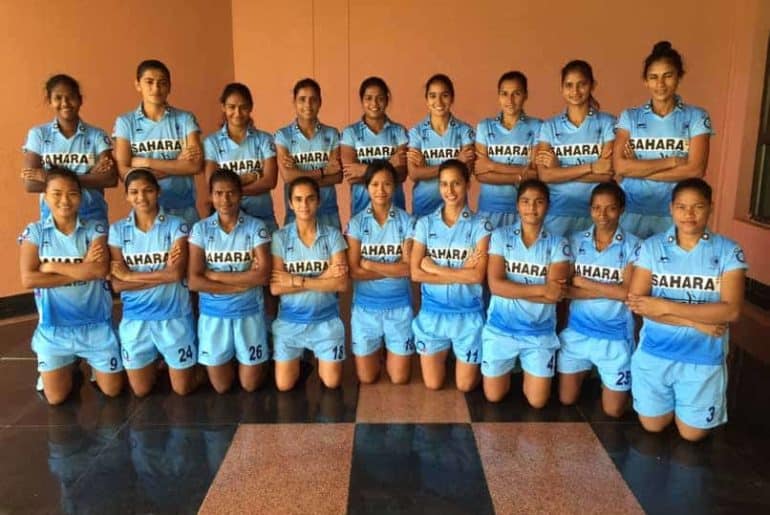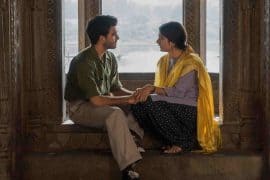Poor coverage of the Indian women’s hockey team’s recent victory at the Asian Champions Trophy event highlights the society’s misconstrued and callous attitude towards female athletes in the country.
This could become yet another article about athletes in India not getting their dues. Instead, let’s make this about women once more. It has been centuries since Jane Eyre declared, “I am no bird… I am a free human being with an independent will.” Meanwhile, not even a year has elapsed since the 2016 Rio Olympics and already, women athletes find themselves slipping onto the backburner once more. The recent Asian Champions Trophy victory by the Indian women’s hockey team largely went unnoticed. Perhaps the demonetisation fiasco will be blamed for poor media coverage this once. Or will hockey, as a sport, be blamed altogether for not comparing to cricket? No matter which way you look, there never has been a dearth of excuses to overshadow women’s achievements in sports.
The fundamental difference between ‘genders’ is something every child knows by the time they have crossed the gates of high school. CBSE ensures that the textbooks repeat these definitions every year. But when it comes to female athletes, it seems as if ‘gender’ takes the trophy every time. Dress codes and moralising sermons emerge as favourites. You could, of course, dismiss this as yet another feminist rant right here. That would hardly be surprising. Just days after Delhi Times ran an article about the ladder of difficulties a woman must climb before she becomes a Sania Mirza, the women’s hockey team actually scored a ground breaking victory. Unfortunately, it was not the Olympics and these women were not as popular as Mirza. There was hardly any noise made.
We wouldn’t need articles like these if it were not for those four-by-four ‘boxes’ of gender norms ensuring that low wages, sexual harassment at the workplace and lewd comments on the field end up becoming commonplace obstacles. To some extent, the nation’s obsessions with cricket may explain why other sports are sidelined. But it is not enough. Men have to overcome poverty, lack of supplements, training grounds or equipment and an impassive administration, all in order to reach the Olympics and prove a point. Women, on the other hand, must worry about the length of their shorts in addition to these problems. It all adds up because of our socialisation and a skewed sense of how the girl child must be brought up. For a large part of the nation, especially rural India where most of the athletes hail from, an ideal woman is still bound by patriarchal notions of chastity. She looks like the sari-clad, virginal goddess of Raja Ravi Varma’s paintings. How can we celebrate the victories of a figure meant to be worshipped, while she wears a hockey uniform and wields the stick on a field?
In a land which celebrates femininity as ‘something divine’, women can hardly break free. This is why Rio was a slap on our faces. It was the Olympics and of course, the media would have to devote its resources to covering an event where national pride was at stake. So it did. Only this time, all the winners turned out to be females. It gave athletes like P.V. Sindhu and Deepa Malik recognition for what they were worth—for being athletes and not merely for being women. This article wouldn’t even be written if it were not true that the women’s hockey team must wait for an Olympics-level victory, in order to be ‘seen’. But that remains a sad reality. They must hit back harder to be counted.
Image credits: www.ndtv.com
By Deepannita Misra
[email protected]





Comments are closed.